Answered step by step
Verified Expert Solution
Question
1 Approved Answer
Watch the video to answer the following questions: https://www.youtube.com/watch?v=DwLkE-dE3h4 1) This video illustrates one of the risks that companies take when expanding into foreign global
Watch the video to answer the following questions: https://www.youtube.com/watch?v=DwLkE-dE3h4
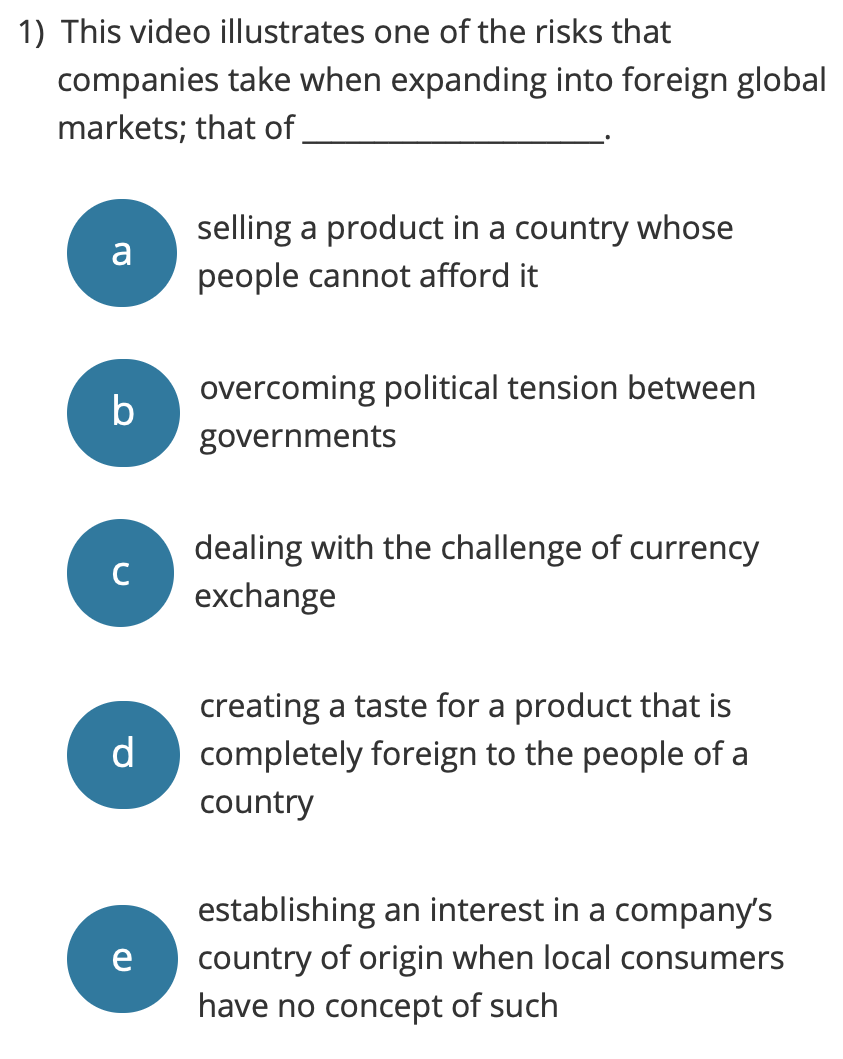
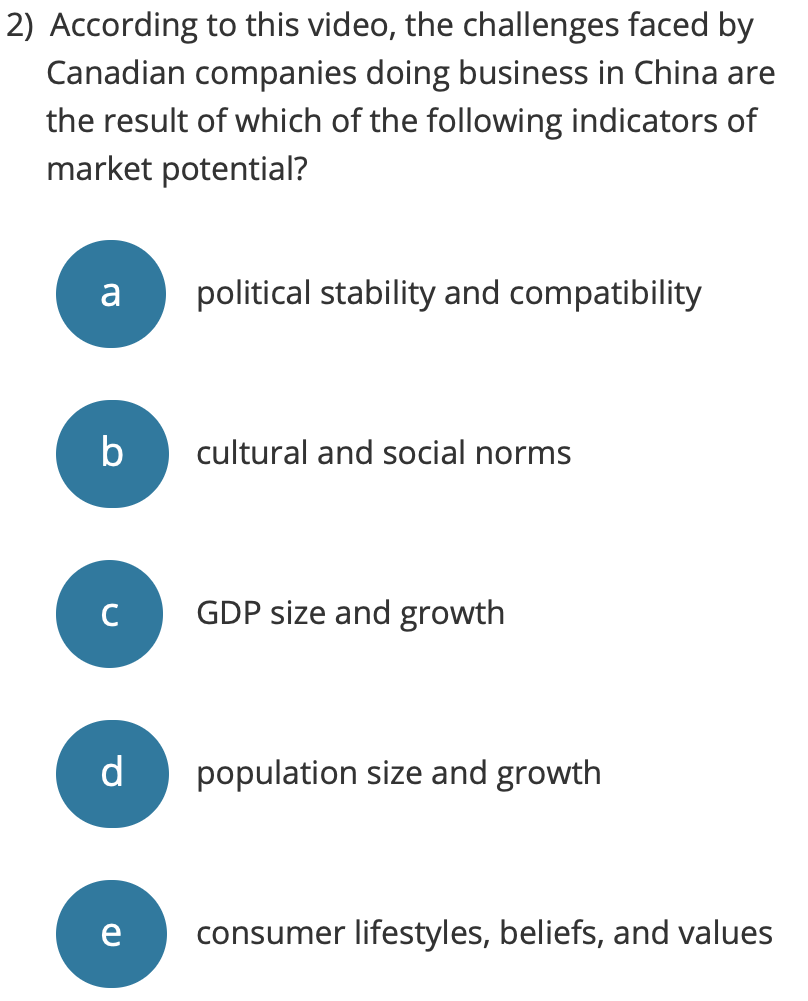
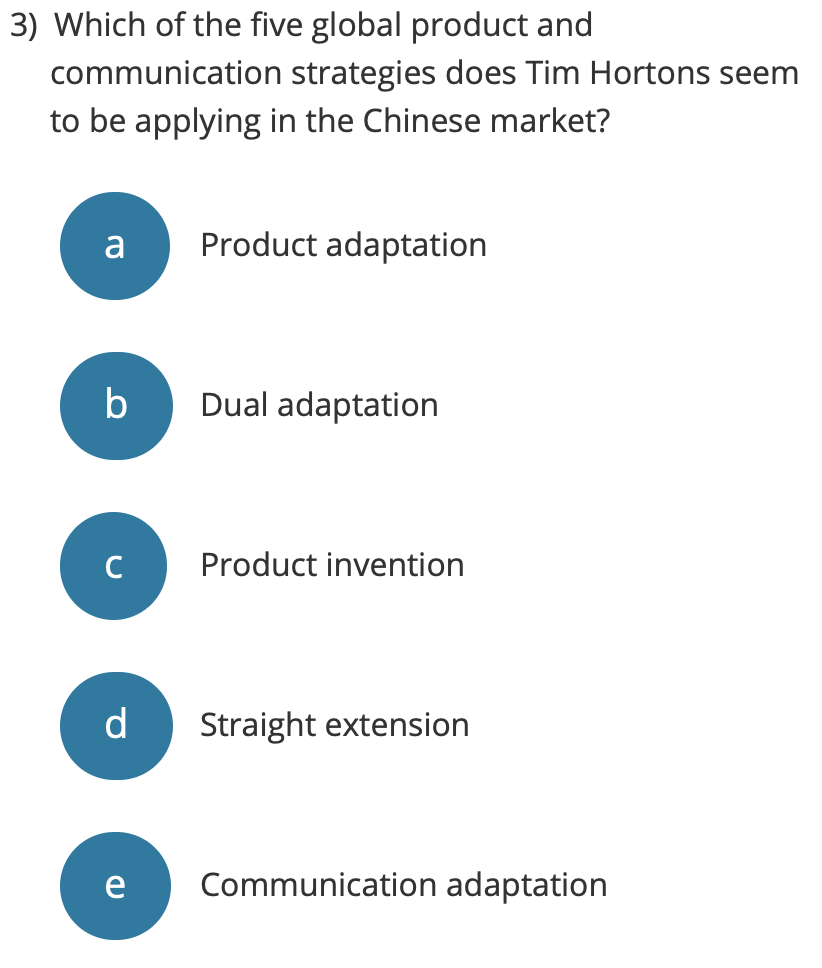
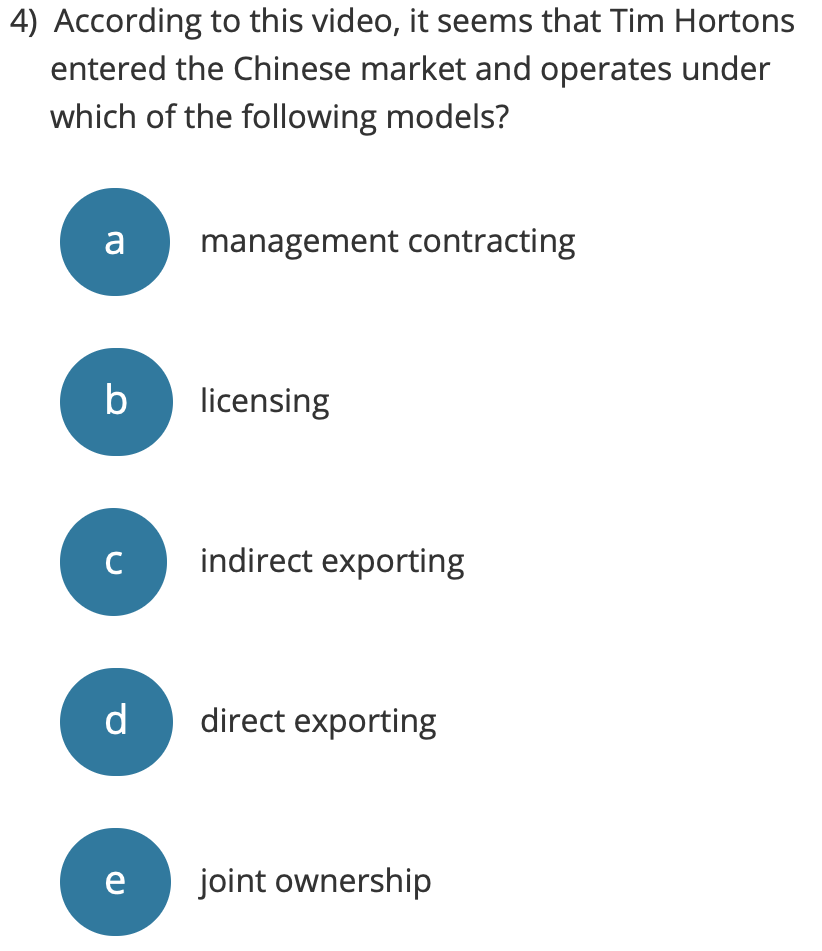
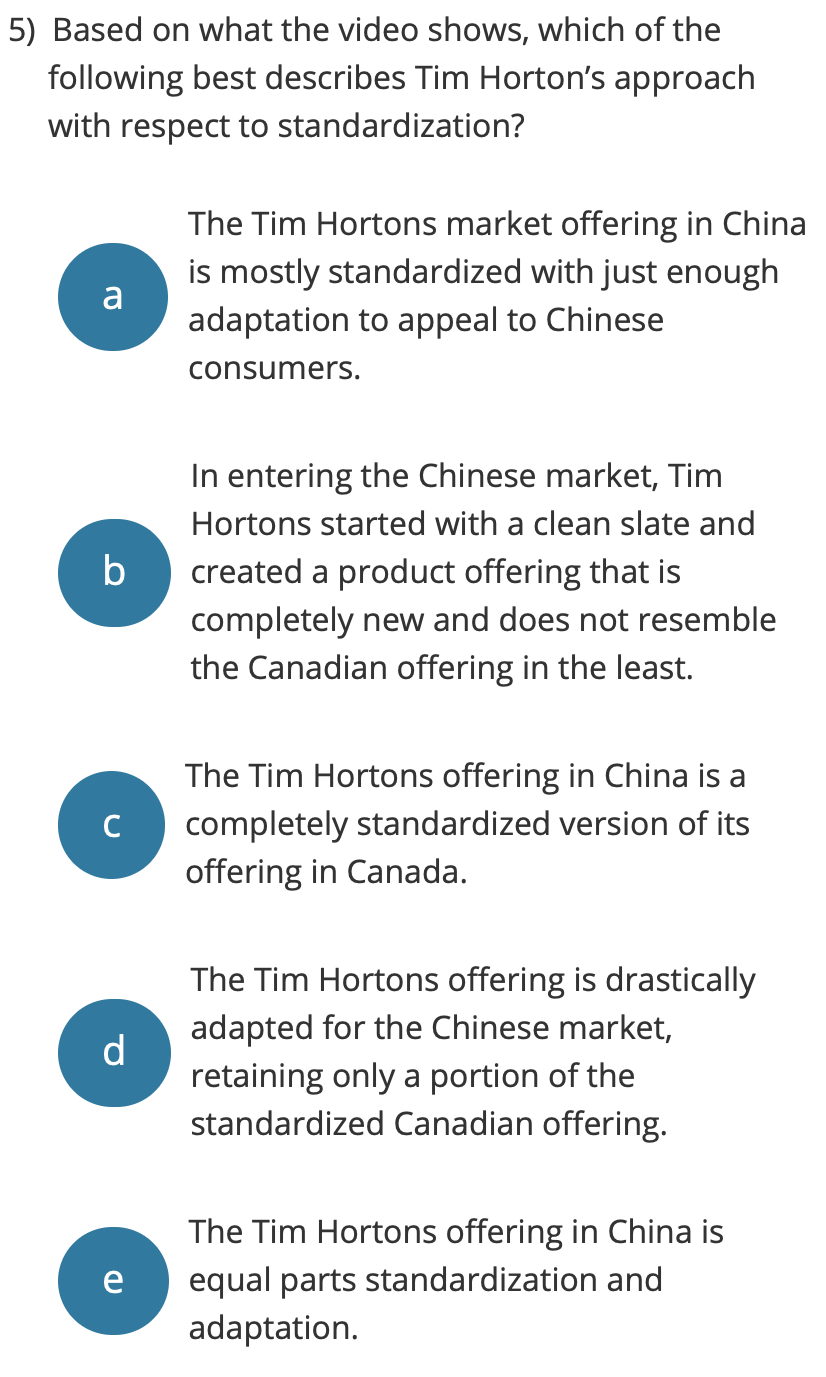
Step by Step Solution
There are 3 Steps involved in it
Step: 1

Get Instant Access to Expert-Tailored Solutions
See step-by-step solutions with expert insights and AI powered tools for academic success
Step: 2

Step: 3

Ace Your Homework with AI
Get the answers you need in no time with our AI-driven, step-by-step assistance
Get Started


